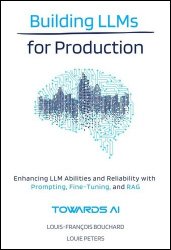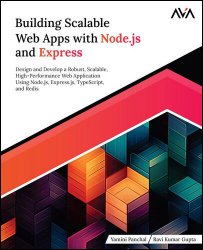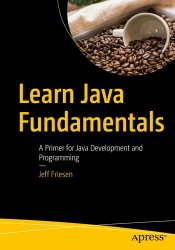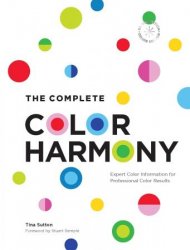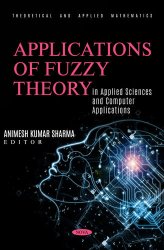 Название: Applications of Fuzzy Theory in Applied Sciences and Computer Applications
Название: Applications of Fuzzy Theory in Applied Sciences and Computer ApplicationsАвтор: Animesh Kumar Sharma
Издательство: Nova Science Publishers
Год: 2024
Страниц: 184
Язык: английский
Формат: pdf (true)
Размер: 22.0 MB
In the realm of Computational Intelligence, the age-old adage, “not everything is black and white,” has never been more pertinent. Through the lens of fuzzy logic and neutrosophic systems, Applications of Fuzzy Theory in Applied Sciences and Computer Applications unravels the complex tapestry of uncertainty, imprecision, and subjectivity in real-world scenarios. This book stands as a testament to the power of fuzzy systems in bridging the gap between theoretical concepts and their pragmatic applications.
Chapter one introduces readers to the ever-evolving realm of biometrics, specifically focusing on face recognition. The complexities of human features demand a system that can navigate the nuances, and fuzzy pattern recognition presents a promising solution. Diving deeper into the world of health and demography in chapter two, the authors explore the potential of fuzzy inference systems in mortality studies. By incorporating a degree of uncertainty, these systems offer a more holistic view of mortality trends and predictions. From biometrics and health, we shift our focus to the mathematical underpinnings of neutrosophic logic in chapter three. Here, the application of neutrosophy over digraphs is meticulously dissected, offering readers an intricate understanding of this unique conjunction. The subsequent chapters delve into various other fields, from reliability analysis and higher education to fisheries and supply chain management, demonstrating the pervasive influence of fuzzy and neutrosophic systems in diverse domains. Chapter twelve concludes this enlightening journey with a life-altering application — the utilization of fuzzy logic in the detection and classification of brain tumors. Through this chapter, the profound impact of fuzzy systems on healthcare and diagnostics is underscored.
The method of recognizing various faces in videos or pictures is known as face recognition. It is essential for picture searching, security, and biometric authentication. The effectiveness and identification rate of a system for facial recognition are the most important factors to consider while creating the algorithm since, despite the computer’s ability to identify an enormous number of faces quickly, it is less effective than a human being. Numerous face recognition methods, including Eigenfaces, Feature-based, Hidden Markov Model, and Neural Network-based methods, have been suggested in the chapter. The initial three methods primarily involve an extraction of features or a pre-processing stage that is strongly connected to the kind of picture recognition that is needed. Contrarily, the neural network approach may be used for any picture and offers greater precision because it lacks particular information regarding the type of picture. A novel hybrid face recognition algorithm and technique called FPBL (Fuzzy Pattern-Based with Laplacianfaces) aims to increase genuine identification rates while reducing erroneous identification rates.
This promises a transformative journey, ensuring that by the end, readers will look at uncertainty not as a challenge, but as an opportunity to explore, innovate, and excel. Whether you’re a seasoned researcher, a professional seeking innovative solutions, or a curious student, this book has insights to offer to everyone. Welcome to a world where the lines are blurred, but the visions are clear.
Скачать Applications of Fuzzy Theory in Applied Sciences and Computer Applications
[related-news] [/related-news]
Комментарии 0
Комментариев пока нет. Стань первым!

